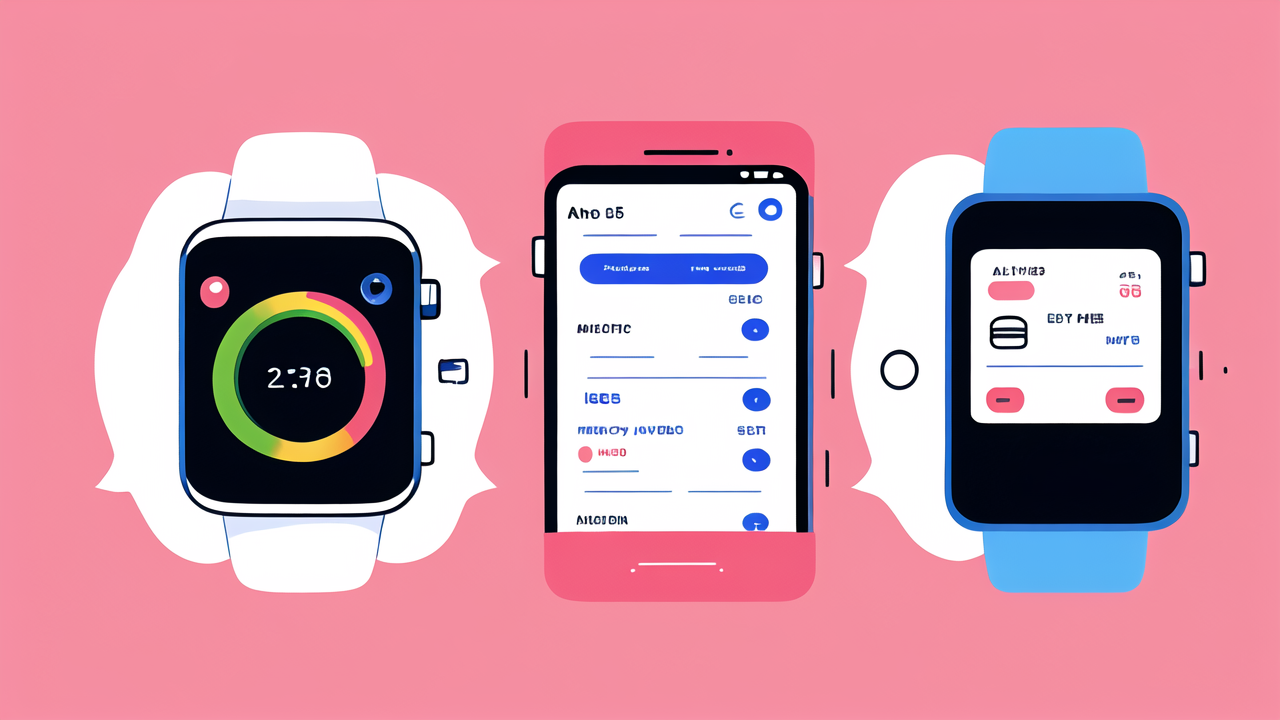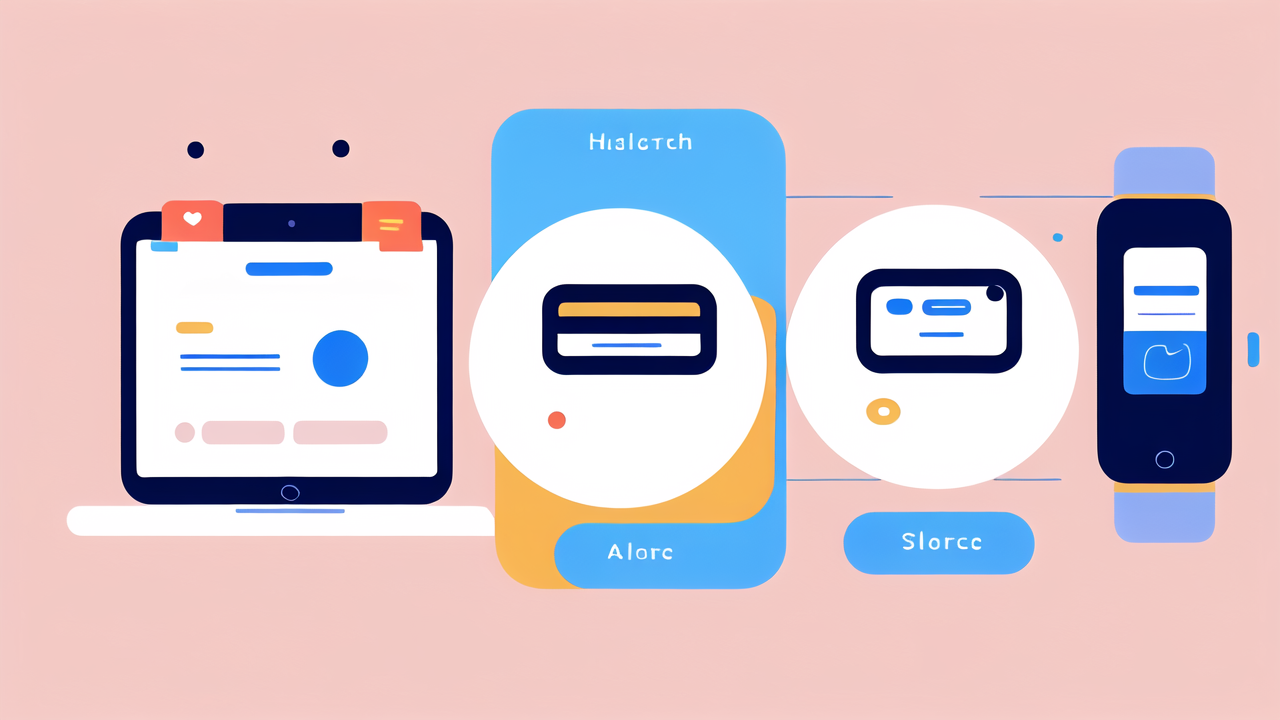The Evolution of Smart Watches in the United States
From Fitness Trackers to Powered Wearables: The Transformation
The journey of smart watches in the US has been nothing short of remarkable. It all began with simple fitness trackers. These devices could count steps and track basic activities. Over time, they evolved into powerful wearables.

Today's smart watches are mini-computers on our wrists. They can do much more than just track steps. Many can now:
- Make phone calls
- Send text messages
- Track advanced health metrics
- Play music
- Make contactless payments
This transformation has changed how we interact with technology. Smart watches have become an extension of our smartphones. They offer convenience and connectivity at a glance.
The evolution continues with each new release. Brands keep adding features to make our lives easier. But as they get smarter, we must ask: How much is too much?
Key Players and Innovations in the Smart Watch Market
The smart watch market is fiercely competitive. Several key players are pushing the boundaries of innovation. Apple leads the pack with its Apple Watch series. They've set the standard for what a smart watch can do.
Samsung is another major player. Their Galaxy Watch line offers a strong alternative to Apple. Fitbit, now owned by Google, continues to focus on fitness features. Garmin caters to outdoor enthusiasts and athletes.
These brands are constantly innovating. Some recent advancements include:
- ECG monitoring for heart health
- Blood oxygen level tracking
- Fall detection and emergency SOS
- Always-on displays
- Longer battery life
Each new feature aims to make smart watches more useful. The goal is to become an indispensable part of our daily lives. As technology advances, we can expect even more innovative features in the future.
The Impact of Smart Watches on Consumer Lives
Enhancing Daily Operations with Connected Devices
Smart watches have become powerful tools for enhancing our daily lives. They offer convenience at our fingertips. Or rather, at our wrists. These devices help us stay connected and organized.

One key benefit is quick access to notifications. We can see messages, emails, and alerts without reaching for our phones. This can be a time-saver in busy situations.
Smart watches also help with navigation. They can provide turn-by-turn directions right on our wrists. This is handy when walking or cycling in unfamiliar areas.
Many smart watches now support contactless payments. We can pay for goods with a simple tap of our wrist. This eliminates the need to carry wallets or cards.
Voice assistants on smart watches make tasks easier. We can set reminders, check the weather, or control smart home devices. All without using our hands.
These features show how smart watches are becoming central to our daily routines. They're not just accessories anymore. They're tools that help us navigate modern life more efficiently.
Health and Wellness: Quantifying Lifestyle Choices
Smart watches have revolutionized how we monitor our health and wellness. They've turned into personal health assistants. These devices can track a wide range of health metrics.
Some common health features include:
- Step counting and activity tracking
- Heart rate monitoring
- Sleep tracking
- Stress level monitoring
- Menstrual cycle tracking
Advanced models can even detect falls or irregular heart rhythms. They can alert users to potential health issues.
Smart watches encourage us to be more active. They set daily goals and send reminders to move. This can motivate us to adopt healthier lifestyles.
The data collected by smart watches can be valuable. It can help us make informed decisions about our health. We can share this data with healthcare providers for better care.
However, it's important to remember that smart watches are not medical devices. They should complement, not replace, professional medical advice.
Navigating the Challenges of a Connected Lifestyle
Addressing the Digital Divide Among Consumers
The rise of smart watches has highlighted a growing digital divide. Not everyone has equal access to this technology. This gap can create disparities in health tracking and digital convenience.

Smart watches can be expensive. High-end models often cost hundreds of dollars. This puts them out of reach for many consumers. Cheaper alternatives exist, but they may lack advanced features.
There's also a learning curve with smart watches. Older adults or those less tech-savvy may struggle to use them. This can lead to frustration and underuse of the device's potential.
Connectivity is another issue. Smart watches often rely on smartphones or Wi-Fi. In areas with poor coverage, their functionality may be limited.
To address these challenges, companies could:
- Develop more affordable models with core features
- Create user-friendly interfaces for all age groups
- Improve offline capabilities for areas with poor connectivity
Bridging this digital divide is crucial. It ensures that the benefits of smart watch technology are accessible to all.
Privacy and Security in the Age of Smart Watches
As smart watches become more advanced, privacy and security concerns grow. These devices collect vast amounts of personal data. This includes health information, location data, and even financial details.
Users must trust that their data is being handled responsibly. Companies need strong security measures to protect this sensitive information. Hackers targeting smart watches could gain access to a wealth of personal data.
There are also concerns about how companies use this data. Some worry about targeted advertising or data selling. Clear privacy policies are essential to address these concerns.
Another issue is the potential for surveillance. GPS tracking in smart watches could be misused. It's important for users to understand and control their device's tracking features.
To enhance privacy and security, users should:
- Regularly update their smart watch's software
- Use strong, unique passwords
- Be cautious about which apps they install
- Review and adjust privacy settings
As smart watches continue to evolve, addressing these concerns will be crucial. Balancing innovation with privacy protection is key to the future of this technology.




Leave a comment
This site is protected by hCaptcha and the hCaptcha Privacy Policy and Terms of Service apply.